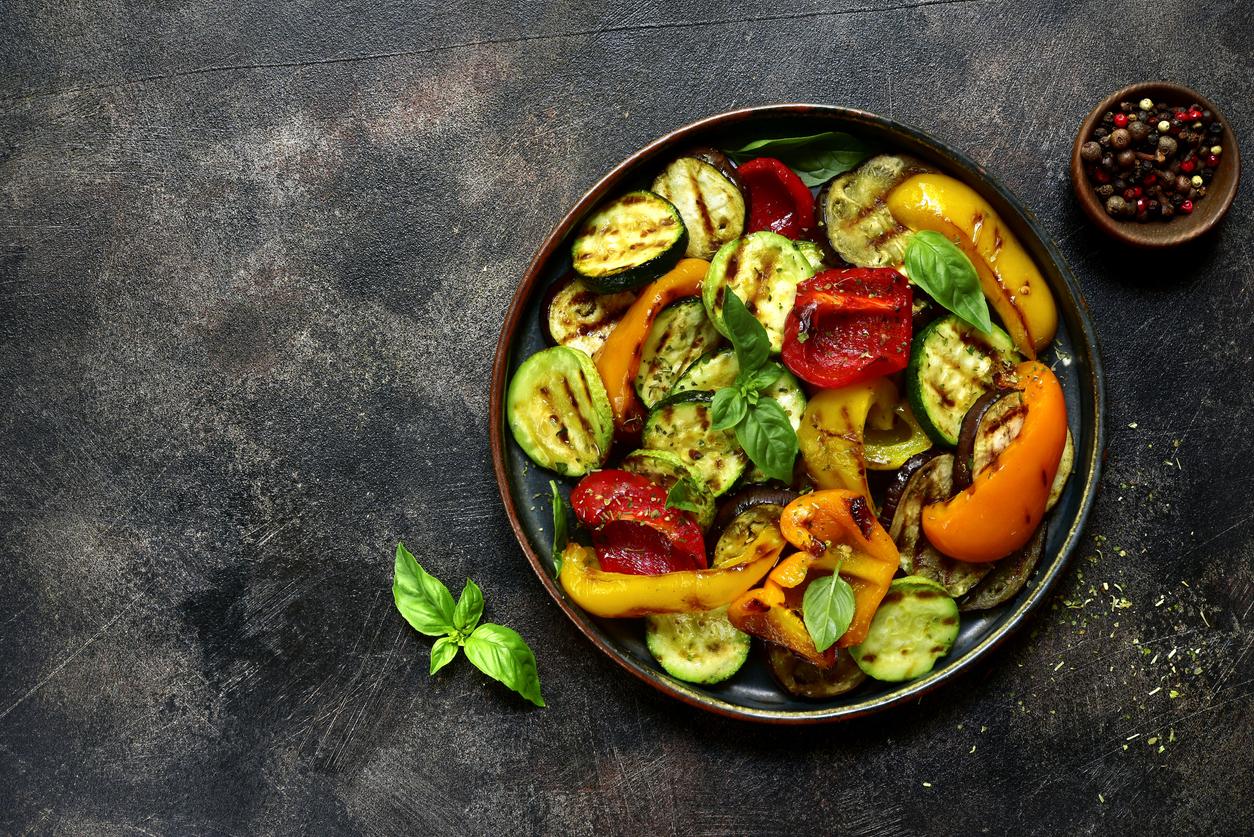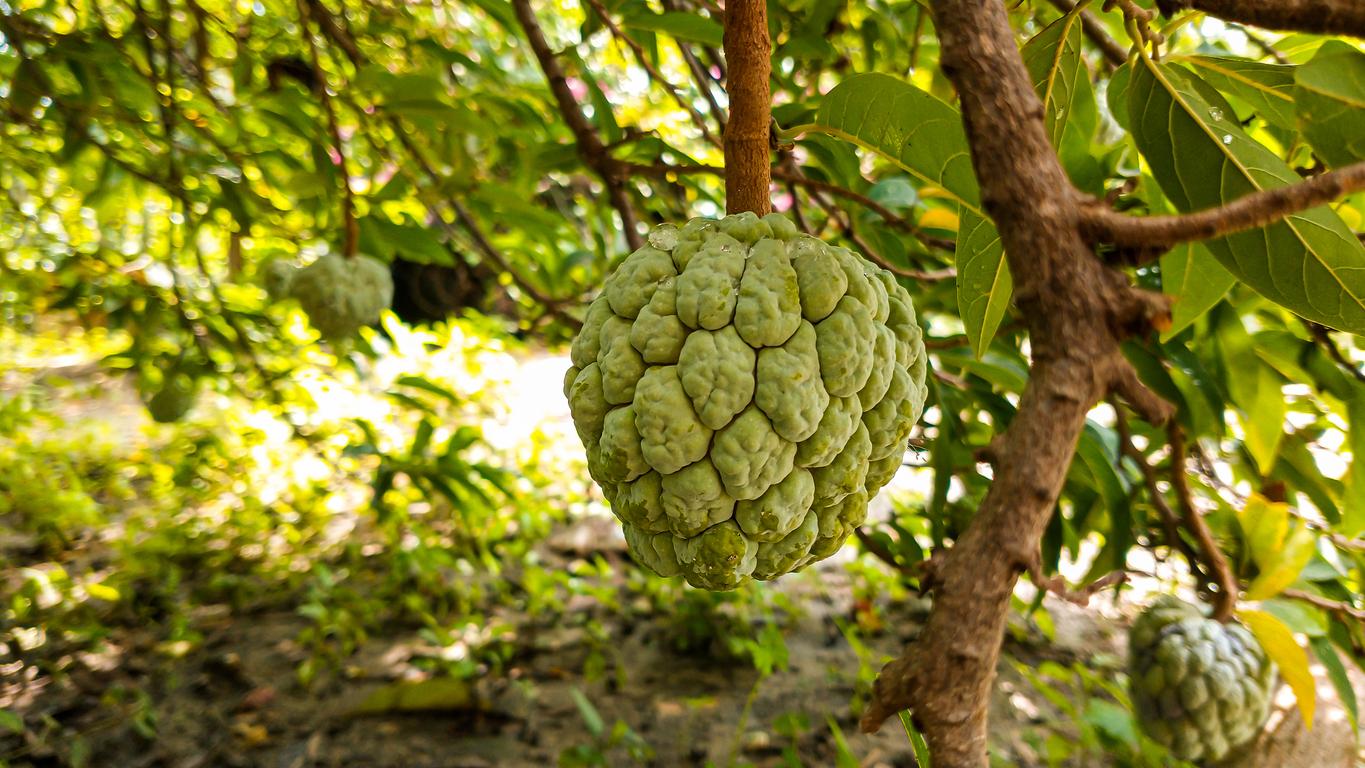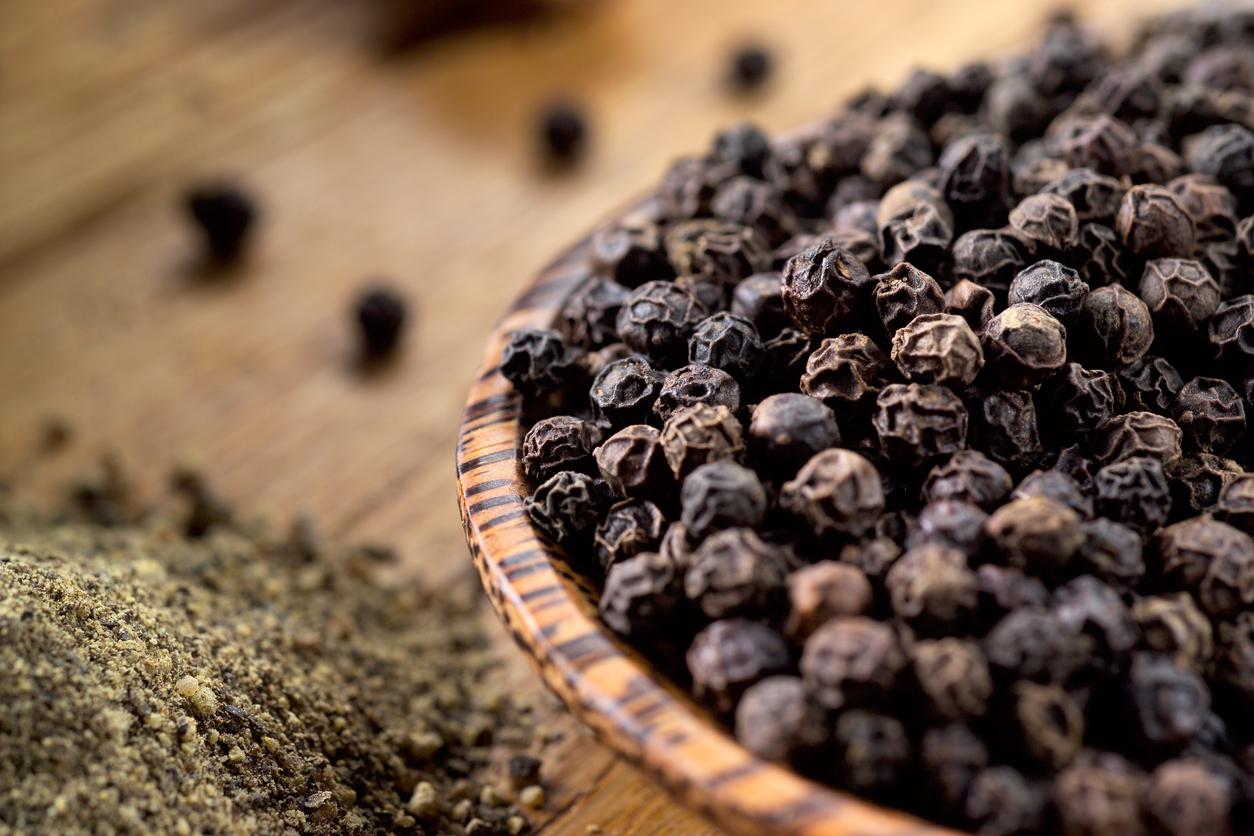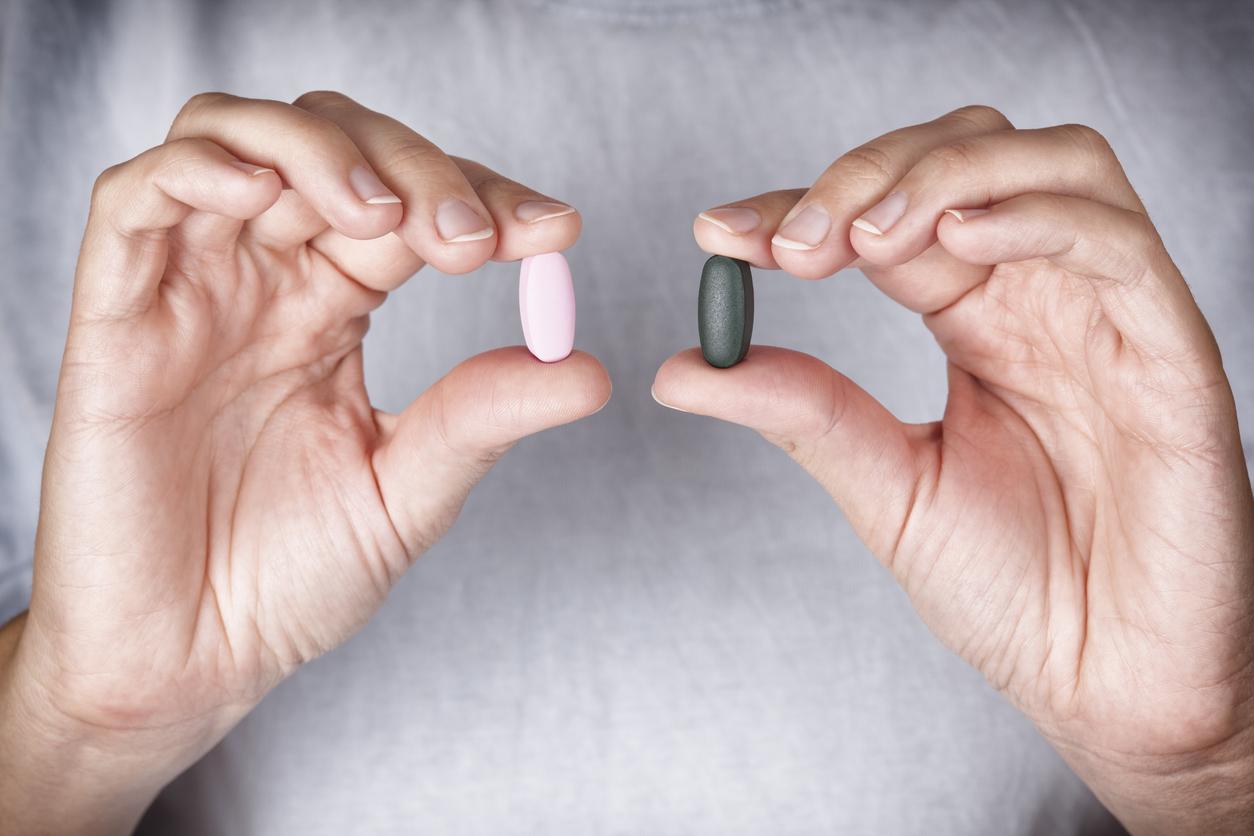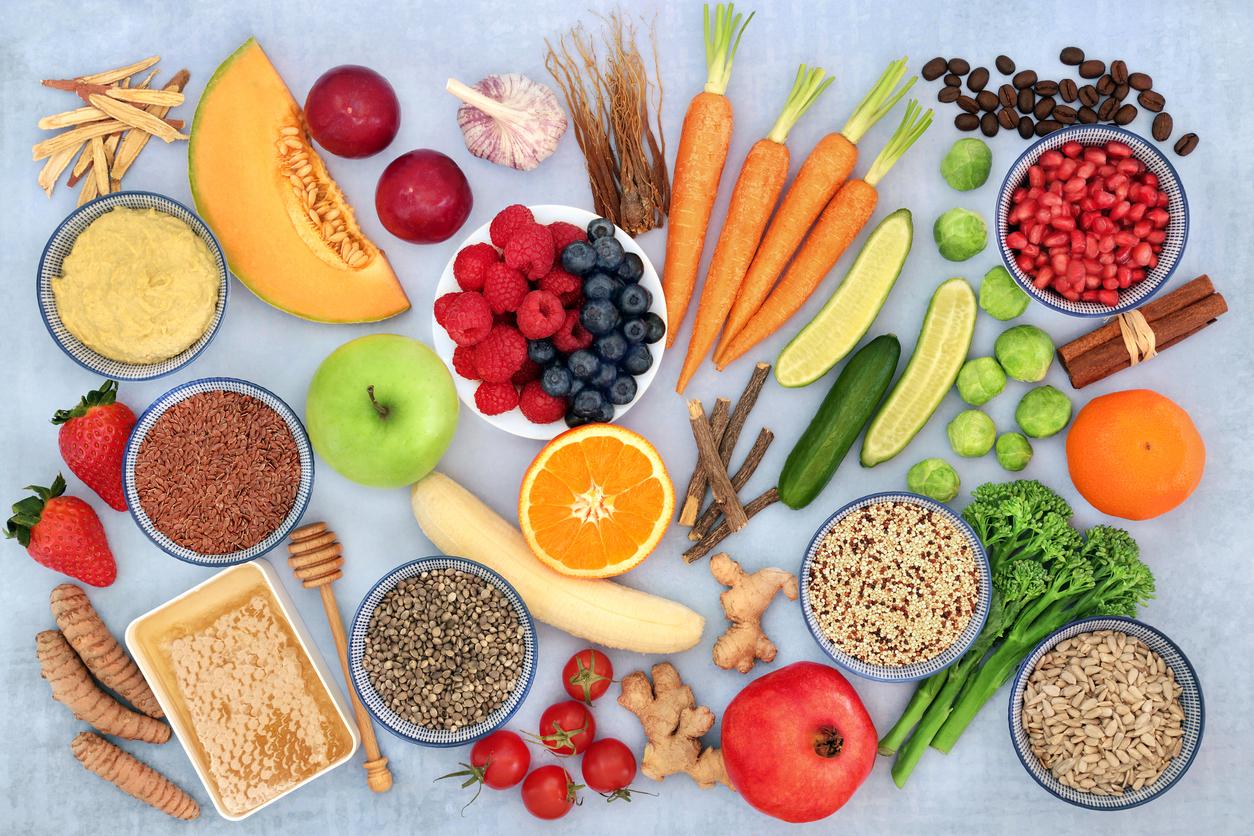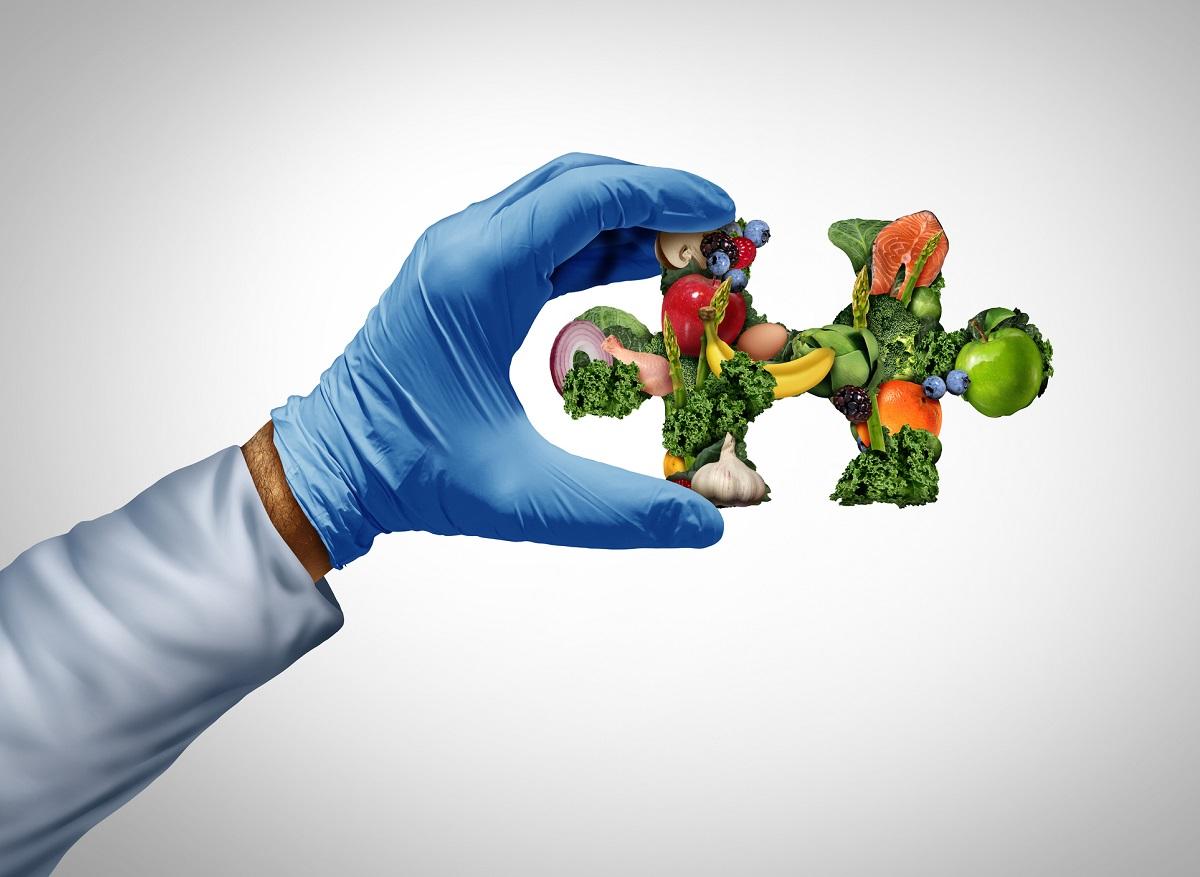Beta-carotene contained in food is transformed into vitamin A by the body. It has anti-oxidant and anti-inflammatory properties.
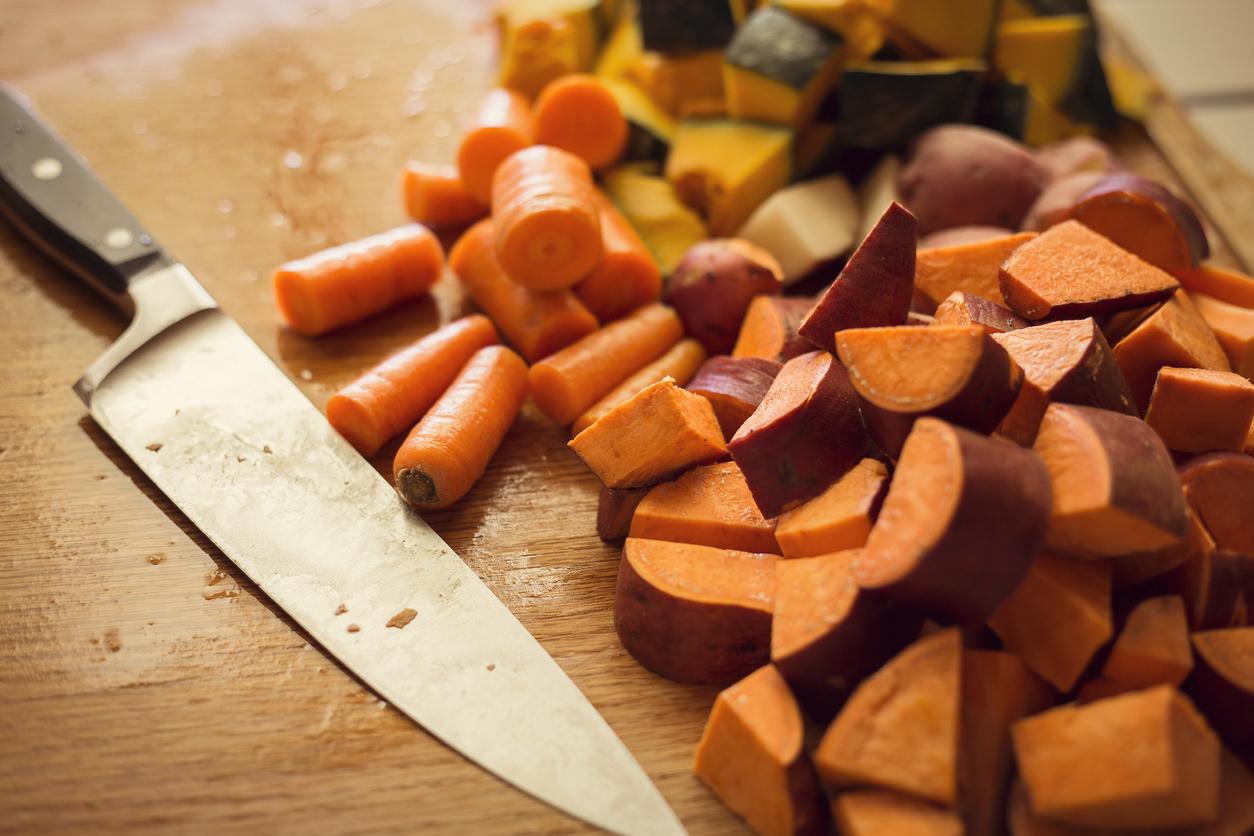
- Beta-carotene is transformed into vitamin A by the body.
- It has anti-oxidant and anti-inflammatory properties and contributes to good eye health.
- Beta-carotene is particularly present in carrots, sweet potatoes, squash and even broccoli.
Beta-carotene is both a coloring agent and a valuable nutrient. “When absorbed by your body, beta-carotene turns into vitamin A in your intestines“, explains Carly Sedlacek, dietitian at the Cleveland Clinic in the United States. This vitamin has many positive effects on health.
Beta-carotene: what are the effects of vitamin A on health?
Beta-carotene is first and foremost an antioxidant: it helps fight against the degradation of the body’s cells. “It helps prevent free radicals from building up in your body and causing oxidative stressspecifies the health establishment in a communicated. This is really important because oxidative stress is linked to a number of chronic diseases, such as cancer, heart disease, Alzheimer’s disease and more.“But it also has anti-inflammatory effects, and inflammation can also cause various chronic diseases.”A healthy diet rich in nutrients like beta-carotene can help control your inflammatory response.”, estimate the specialists. In detail, beta-carotene can have benefits for eyesight, because vitamin A contributes to the good health of the retina and prevents dry eyes. “Studies also suggest that vitamin A is associated with a reduced risk of cataracts as well as age-related macular degeneration (AMD), which is a loss of central vision in older people.they emphasize.
Vitamin A: what are the 11 foods richest in beta-carotene?
As the Cleveland Clinic file reminds us, one of the clues to spot foods rich in beta-carotene is their color: they are often orange. So, sweet potato, carrots and butternut are among the vegetables that contain a lot of it. Cantaloupe, a variety of melon, apricots and mango are also interesting sources of beta-carotene. But color is not everything: other products, which are not orange, are rich in beta-carotene, such as pea pods, broccoli, spinach, red peppers, romaine lettuce.
Beta-carotene: what is the recommended amount?
You shouldn’t overdo the good things, and beta-carotene is also concerned. It is not recommended to exceed 3,000 micrograms of vitamin A per day for an adult over 18 years old. “Vitamin A can be dangerous in excessive amounts., specifies the Cleveland Clinic. Unlike other vitamins, which are eliminated in the urine in case of excess, vitamin A is stored in the liver and fatty tissues, which can lead to excessive levels in the body. “Having too much beta-carotene in your diet can give your skin a yellow-orange colorindicates the establishment’s website. This may be more noticeable in people with lighter skin.” This phenomenon has a name: carotenemia. “It is not dangerousreassures Carly Sedlacek. But it may be a sign that you can reduce your intake of certain beta-carotene-rich foods and increase your intake of other fruits and vegetables..”
In all cases, she recommends adopting a balanced and varied diet, and avoiding vitamin A supplements.”It takes some work for your body to convert beta-carotene into vitamin A, she elaborates. So when you ask your body to convert a pill’s nutrients first to beta-carotene and then to vitamin A, you can lose much of their benefits..”








